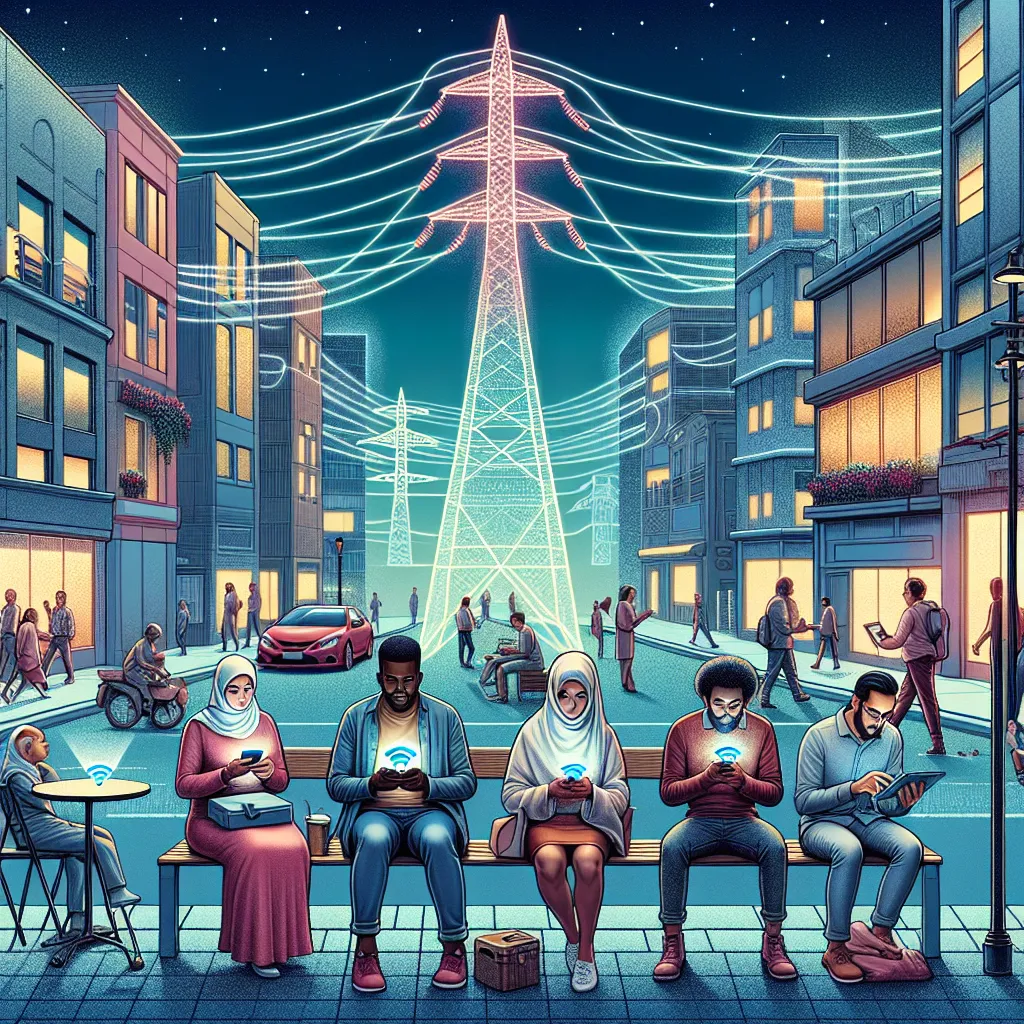Electricity is everywhere, silently powering our lives. It makes everything smoother, safer, and more enjoyable, yet most of us rarely think about it. But can there be too much of a good thing? Could something so foundational to our modern world slowly be causing us harm?
To understand this, we need to know what electricity is and how it affects us. At its core, electricity is the motion of an electric charge, creating Electric and Magnetic Fields (EMF) which carry energy through space. We call this Electromagnetic Radiation.
Radiation can sound scary, but it simply means “giving off.” Think of a radiator emitting heat as infrared radiation. Not all radiation is harmful. The electromagnetic spectrum includes many types of radiation, some benign and some dangerous. Short-wavelength radiation like UV light, X-rays, and gamma rays can damage cells by ripping electrons from atoms. This is what many fear when they hear “radiation.”
The rest of the spectrum includes longer waves such as Visible Light, Infrared, Microwaves, and Radio Waves. These types come from technologies like mobile phones, Wi-Fi routers, and power lines. While they don’t disrupt molecules in our body, they can stimulate muscles and nerves, causing a slight tingling above certain thresholds.
Microwaves, for instance, heat food by agitating water molecules. Similarly, the warmth you feel at the beach comes from infrared radiation from the sun. We’ve always been surrounded by natural and mostly harmless electromagnetic radiation, but the Industrial Revolution has significantly increased our exposure.
Concerns about health risks emerged in 1979 when a study linked living near power lines to leukemia, though it was later discredited. Nonetheless, the idea stuck around and led to numerous studies. People report symptoms like headaches, nausea, and skin reactions which they attribute to devices emitting radiation. More extreme studies suggest a link between phone use and brain tumors, but findings remain inconsistent.
The real question isn’t about immediate effects—X-rays clearly damage DNA, while radio waves don’t. The concern is whether long-term exposure to weak electromagnetic radiation is harmful. Sorting this out has proven challenging with a flood of studies and differing opinions.
Misinterpretations and sensational headlines muddy the water. For instance, a rat study suggested male rats exposed to cell phone radiation developed cancer, while female rats and mice did not, yet some reports generalize this to all cell phone users. Similarly, while the WHO classifies radio frequency fields as possibly carcinogenic, this simply means there’s a hint—not proof—that they might cause cancer.
Broadly, human studies show no consistent evidence that electromagnetic radiation below certain levels is harmful. There are some weak statistical links, but no solid cause-effect relationships. So, should you worry about your laptop, phone, or TV? Current science says no.
Some people report feeling ill from device radiation, a phenomenon that might stem from the Nocebo Effect. If you believe something is harming you, that belief alone can manifest symptoms. It’s crucial to offer support to those affected but also recognize there’s no strong evidence supporting these fears.
In today’s world, we often focus on unproven risks and neglect clear dangers. Take outdoor air pollution—it’s linked to millions of premature deaths annually and is something we can address right now.
Long-term studies like the Cosmos study are underway to investigate the health impacts of cell phone use more precisely. While waiting for those results, let’s prioritize addressing more immediate health threats.






